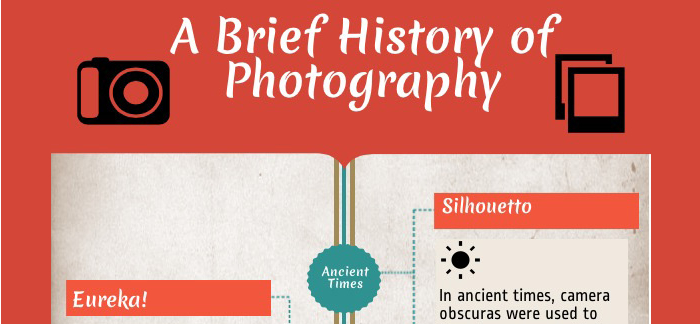Dove has not been known to court controversies with its ads. That is an achievement which the likes of UCB and some others have carved out a niche for. But the latest Dove campaign for real beauty controversy has put the company and its marketing agency Ogilvy in the dock. The advertisement has gone viral. It has achieved what it had to which was widespread exposure of the brand with an apparently beautiful message. But what the ad has also done is it has sparked many debates which the marketing agency or the brand Unilever had intended to.
The Dove campaign for real beauty controversy is essentially about an ad where three women are asked to describe their facial features to an artist, unable to see the ladies, who would then make their sketches. The three women are asked to meet one stranger each and talk to them for some time. After that, the stranger describes the facial features of the women to the artist who makes another sketch of each of the three ladies. At the end, it is revealed that the sketches made by the artist upon instructions from the stranger were more beautiful or attractive than the sketches made upon instructions of the women themselves.
The bottom line of the advertisement is that women perceive themselves as less beautiful when others actually don’t think of them that way. In effect, it is propagated that others think of women to be more beautiful than what women think of themselves. The three minute shorter version or the longer six minute version of the ad which has many women and many sketches could have been perfect but there are many problems with the ad that have lead to the Dove campaign for real beauty controversy.
First, the advertisement features three women specifically, all of whom are white, attractive, young and slim. In the process of selecting the women, Dove has unintentionally made a statement. To be beautiful, one has to be white, young, attractive by birth or naturally and must be thin or slim. There is no rule book that says only white women can be beautiful. There is no rule that says only attractive people, those who have nice physical features can be considered to be beautiful and having some additional pounds may not be ideally healthy but it certainly doesn’t make one ugly. Besides, super slim figures are not always the best way to the epitome of good health. Dove, Unilever and Ogilvy completely missed the mark with its selection of the ladies. There is some color variation and that of race in the longer advert but for very little time.
• There are people who have spoken out against this. Jazz Brice has posted on the site Tumblr that “When it comes to the diversity of the main participants: all four are Caucasian, three are blonde with blue eyes, all are thin, and all are young (the oldest appears to be 40). The majority of the non-featured participants are thin, young white women as well. … Out of 6:36 minutes of footage, people of color are onscreen for less than 10 seconds.”
• Kate Fridkis posted on PsychologyToday.com, explaining “Looking at the two portraits of herself, one woman described the one meant to be prettier as looking ‘much younger,’ which seemed to be true of all of them. The more ‘beautiful’ facial representations seemed to all be thinner and younger-looking. If that is the crux of beauty, then I guess we’re all pretty screwed by that obnoxiously inexorable bastard called time.”
The second element of the advertisement that really stuck like a sore thumb was that women were pegged to be the victims of their own perceptions. This is similar to how rape was once described in the world as a consequence to women venturing out of their homes, dressing provocatively and mingling with men. That perception of rape still exists in developing and underdeveloped parts of the world. Women are treated from a sexist point of view, by most brands as well as by a large part of the world. That is a reality which should have been lambasted instead of portraying women as victims of their own beliefs. This is outrageous and shameless representation of how women have to change their thoughts, mindsets and approaches to be beautiful or for anything more than what they are.
The third element of the ad and the most laughable reason for the Dove campaign for real beauty controversy is that the same company that promotes Dove, Unilever, is also the same company that is behind Axe and Fair & Lovely. The brand that has conflicting views is either not sure or it is too shallow with its pretensions when it presents itself to the audience. The same company commissions ads of semi naked women running after a man, it promotes the idea of fairer is better with its fairness creams and then it tries to convey an intended noble message with the Dove ads. That is outright laughable and pretension at its worst.



